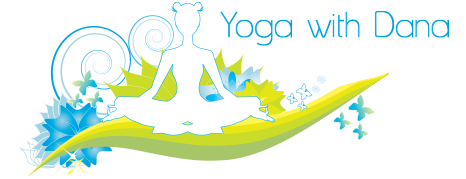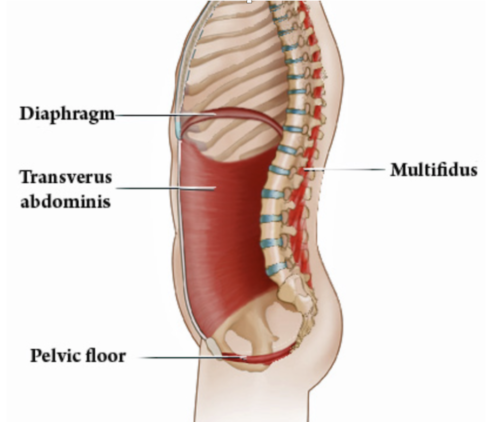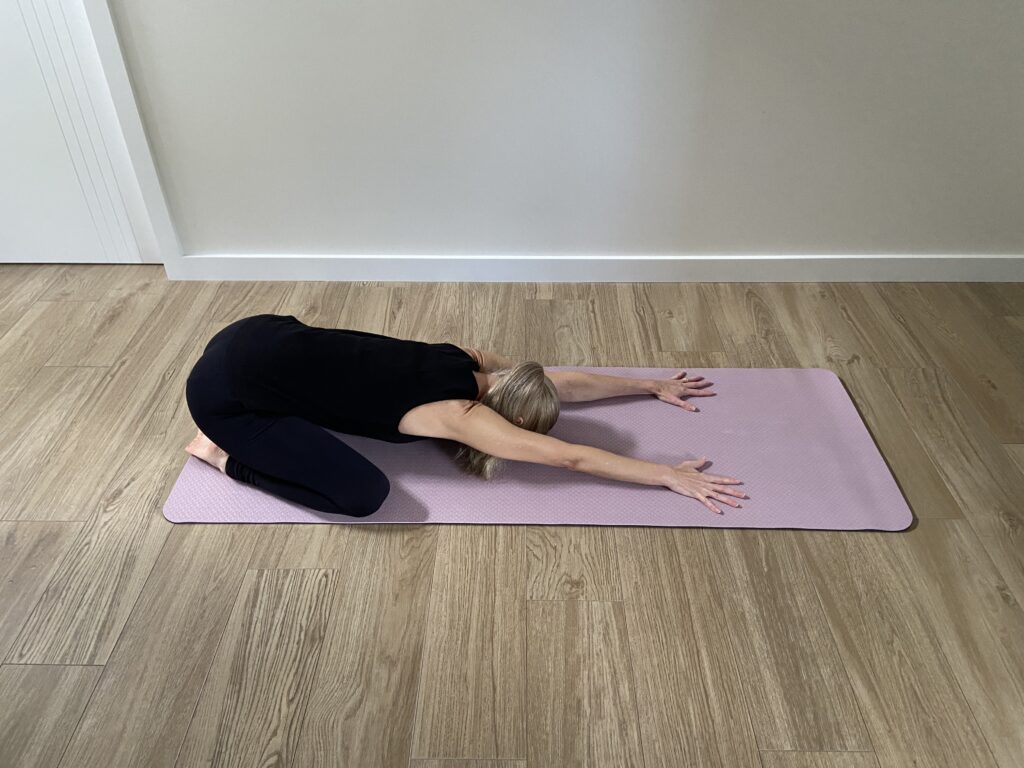Yoga Chair Exercises for Your Upper Body
Having an acute injury to our leg, knee or foot can be quite frustrating. When we are unable to put pressure through our leg, knee or foot and need a period of time to put our sore leg up and rest are there any safe yoga exercises ? What options do we have to keep up our yoga practice during this time ? From a seated or lying down position we could definately do yoga breathing exercises, relaxation & meditation. Another option could be to do some upper body stretching without moving the lower half of our body. Focusing on some gentle stretches for our neck, shoulders, arms & hands.



